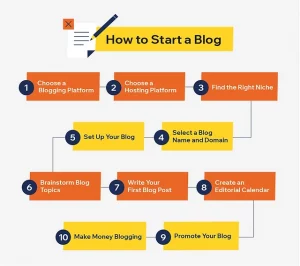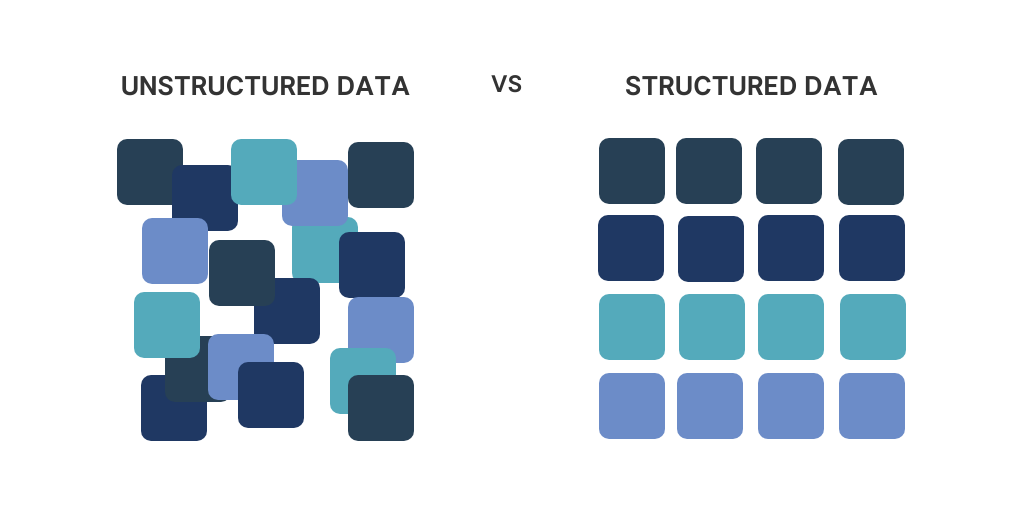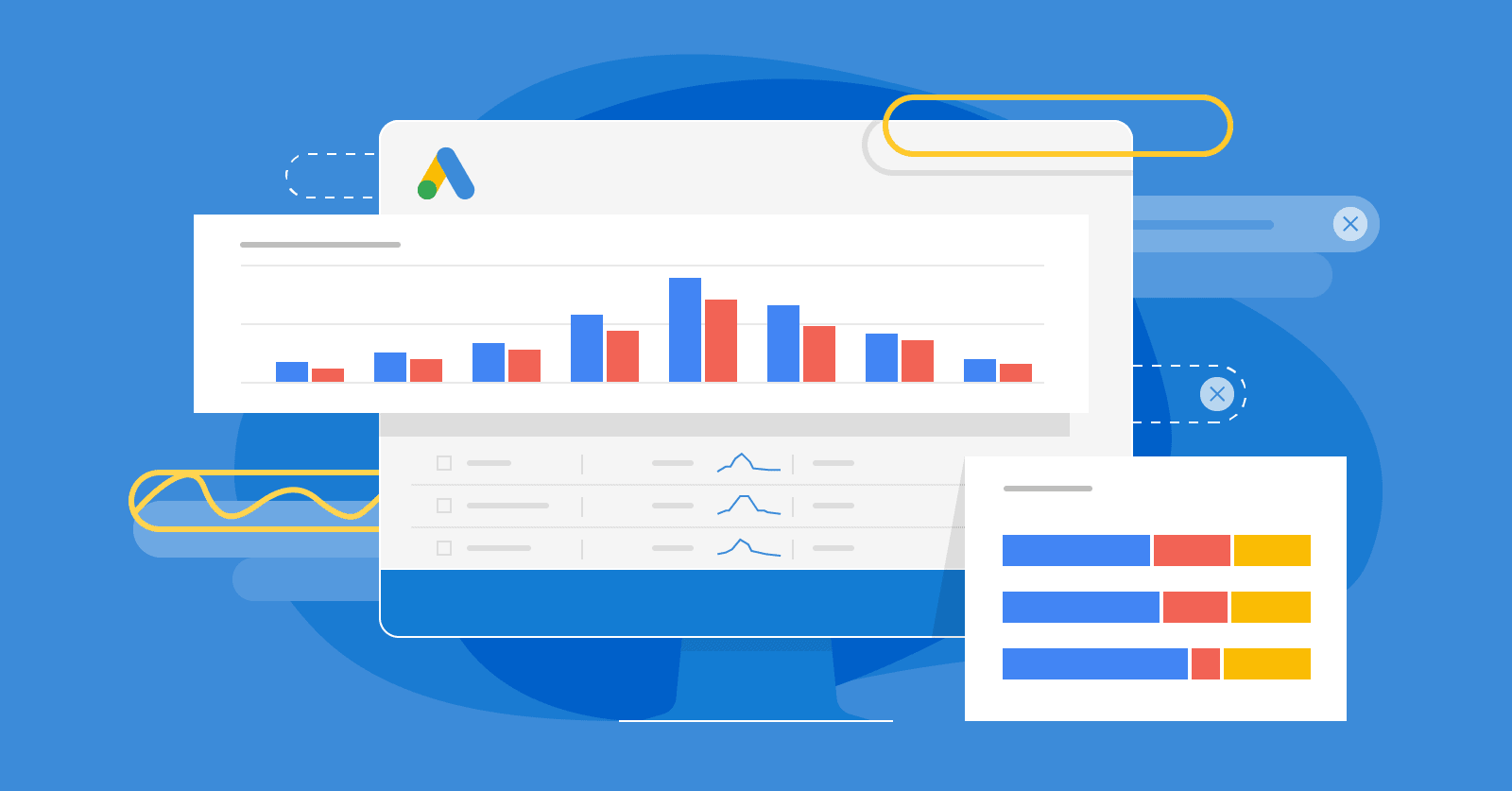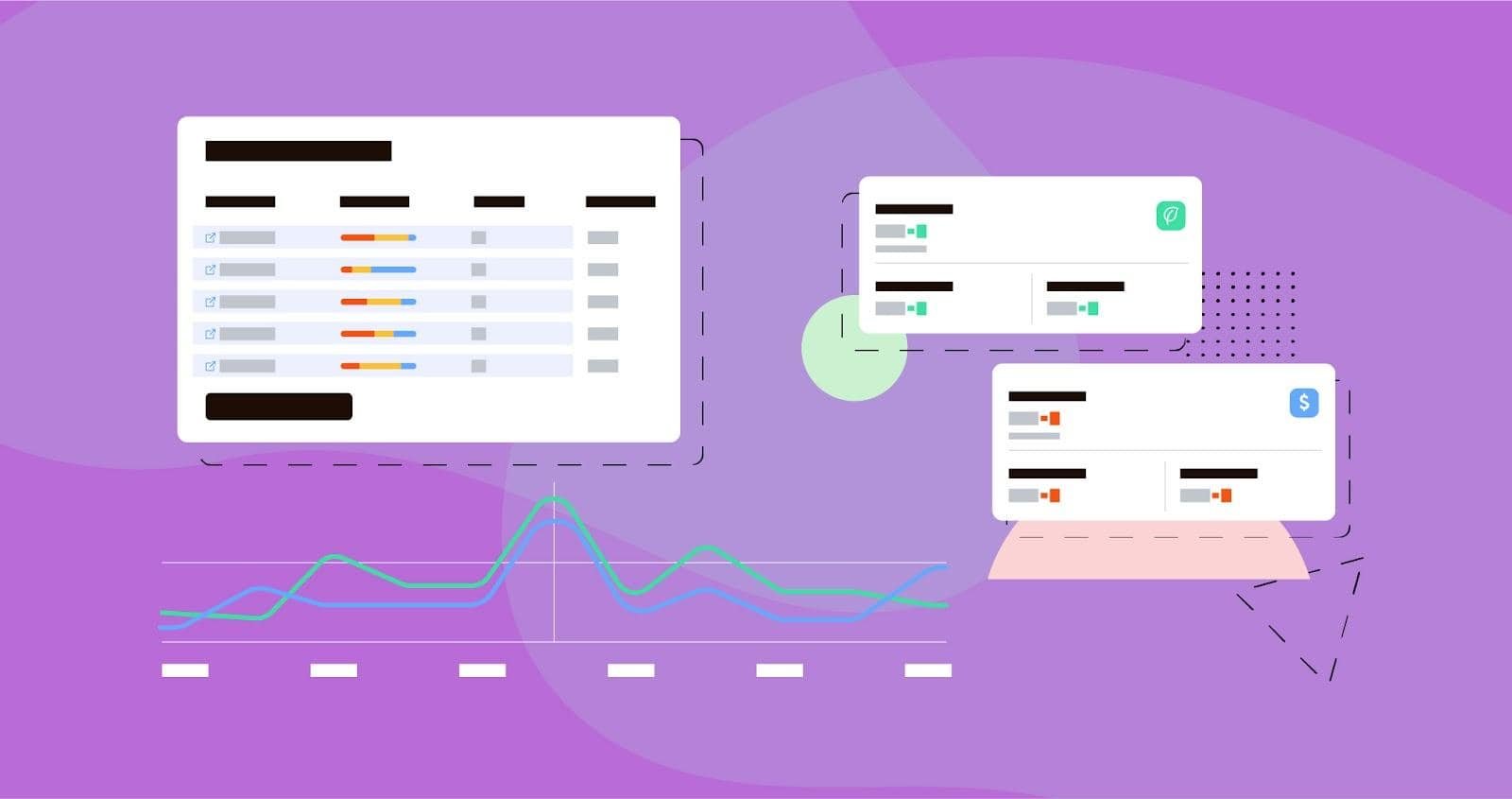0Are you ready to start a blog to grow your business? Blogging is an effective way to attract more customers and generate more revenue. When done correctly, it can also be a great platform to share valuable content, establish yourself as an authority in your field, and develop customer relationships. To help you get started on the right foot, here are some tips for creating a successful blog that will benefit your business.
If you have a bottleneck while running a blog, then you can also hire professional SEO services that will give you the right advice and resources to run a blog.
Decide on your blog topic and purpose.
Before diving into blogging, deciding what topics you want to cover and what purpose you want your blog to have is important. It will give you an understanding of the direction you should take with your content, allowing you to build a strategy and create blog posts that will draw in your audience.
The first step in deciding your blog topic is to narrow down what area of focus best suits your business and the type of audience you are trying to reach.
Depending on your services or products, this could include tips on using those products, advice on topics related to the industry, helpful tutorials, interviews with experts or professionals, interesting research results, etc. Consider which areas will likely engage your target audience and establish an emotional connection with them.
Register and host your blog
Once you have decided upon your niche, the next step is finding a reliable web hosting provider that meets all your blogging needs. When selecting a hosting service, key things to look for include customer support, storage space capacity, and pricing plans. Once you have made your choice, registering is typically quite simple – so remember to create a unique username/password combination for added security!
Ultimately, taking the time to register and host your blog can be extremely rewarding if done correctly. From deciding on a topic that fits best with whom you are as an individual to creating secure log-in credentials – every step counts towards building an effective website platform for years down the line!
There are a lot of blog hosting plans that you can register for; Hostinger is the best you can go for if you are starting. It’s affordable and reliable.
Design your blog
From choosing the right theme to the design elements and fonts you use, every detail can make a big difference in how visitors perceive your blog.
The first step when designing your blog is deciding what platform or hosting provider to use, such as WordPress, Wix, etc. After selecting the platform, you want to use, consider adding features such as e-commerce capability or website plugins to enhance the user experience.
Your website should be optimized for core web vitals and mobile devices since most people access the web from their phones. Choose a responsive theme or template, so it looks good regardless of what device someone is viewing it on.
Decide whom you will write for
Knowing your ideal audience is critical for writing a successful blog. By understanding who your readers are and what interests them, you can craft content that resonates with them and increases their engagement. Understanding your target audience will help you create tailored content for them and ensure your message resonates with them.
You should also research the topics they’re likely interested in and any industry trends they may be following. You can also use social media platforms such as LinkedIn, Twitter, or Instagram to see what other people in your industry are talking about or what questions they’re asking. By knowing what people want to know more about, you can provide them with valuable information in your blog posts.
Determine how frequently you’ll share blog posts
There are several things to consider when planning a content marketing calendar and blog schedule. First, determine the frequency of your posts – should you post daily, weekly, or monthly? Doing so allows you to save time by having an organized list of content ready when needed and minimizes potential disruption caused by changes in staff or other issues that may arise.
Additionally, if you have multiple writers or editors contributing content to your blog, create guidelines for submitting articles and rules for ensuring consistent quality in all submissions. And make sure to check the content before publishing the content for SEO checklist for blog publishing.
Consider including deadlines for article submission so that content can be planned far in advance.
Write compelling and valuable content.
Compelling blog posts have a clear purpose and draw readers in, leaving them wanting more. So, what does it take to write compelling content? Quality!
Focus on delivering quality over quantity. When crafting a blog post, take the time to make sure your content is comprehensive yet succinct. Content should be well-researched and thorough yet easy to digest. Keep in mind that reader engagement can decrease as the length of posts increases; try to get your point across without lengthy text blocks or run-on sentences.
You must also find the right topics for your blog, create content clusters to build authority, and publish SEO-optimized content. Choosing topics can be tricky as it requires keyword research, content clustering, and finalizing the titles. You can use blog idea generator tools to get topic ideas and expedite the process.
On top of that, use an interesting headline that encourages readers to click through. Your headline should tell readers exactly what they can expect when they click on the post; try not to leave anything up for interpretation, or readers may pass over your post entirely.
Launch your blog
Now launch your blog as the second last step! After selecting a platform, setting up hosting and choosing a domain name (if applicable), and completing all the rituals, upload content and make any necessary adjustments to ensure it is user-friendly and easy to navigate.
Be sure to include all necessary pages such as contact information, privacy policy & terms of service if applicable – these details are important for credibility & website compliance standards.
Follow the SEO checklist before publishing the blog; it will help you publish the SEO-optimized content on the website that boost your organic presence on SERP.
Let everyone know via social media channels and ensure that all SEO (Search Engine Optimization) basics have been followed during setup for readers to find you online easily. Remember to add subscription options so readers can keep up-to-date on new posts & announcements from your site too!
Taking these steps before launching your blog will put you ahead of the game when it comes time for visitors to start visiting & engaging with your site.
Analyze your blog
It’s essential to ensure that your blog remains successful and stays relevant for your audience. It is why analyzing your blog’s content is so important – it allows you to monitor its performance and identify areas for improvement.
To effectively analyze your blog, begin by considering how well the content resonates with readers. Is the blog receiving lots of shares, likes, and comments? If you need help, think about how you can improve the content to capture readers’ attention and encourage engagement.
Another way to analyze your blog is to consider its visibility in search engines such as Google or Bing. To do this, use digital marketing tools like Google Analytics to track organic searches and better understand which posts are most popular with viewers.
By regularly taking the time to assess and evaluate your blog’s performance through careful analysis, you’ll be able to keep it at its peak efficiency – and keep those all-important readers coming back for more!
Make Money from Blog
Now, the blog is live, and you are publishing content regularly. It’s time to monetize the blog and make money from this. There are many ways to make money from your blog; you need to find the right topics for your blog using the right tools and research. Here are a few methods to start earning from the blog: affiliate marketing, ads, advertising space, products and services, memberships, and many more.
Conclusion
Starting a blog, running it, and monetizing it is a challenging job and takes time with consistency.
You can follow these steps to start a successful blog. This step-by-step guide will help you start and run a blog that can generate money.
You can contact us if you want help running a blog and growing it.







